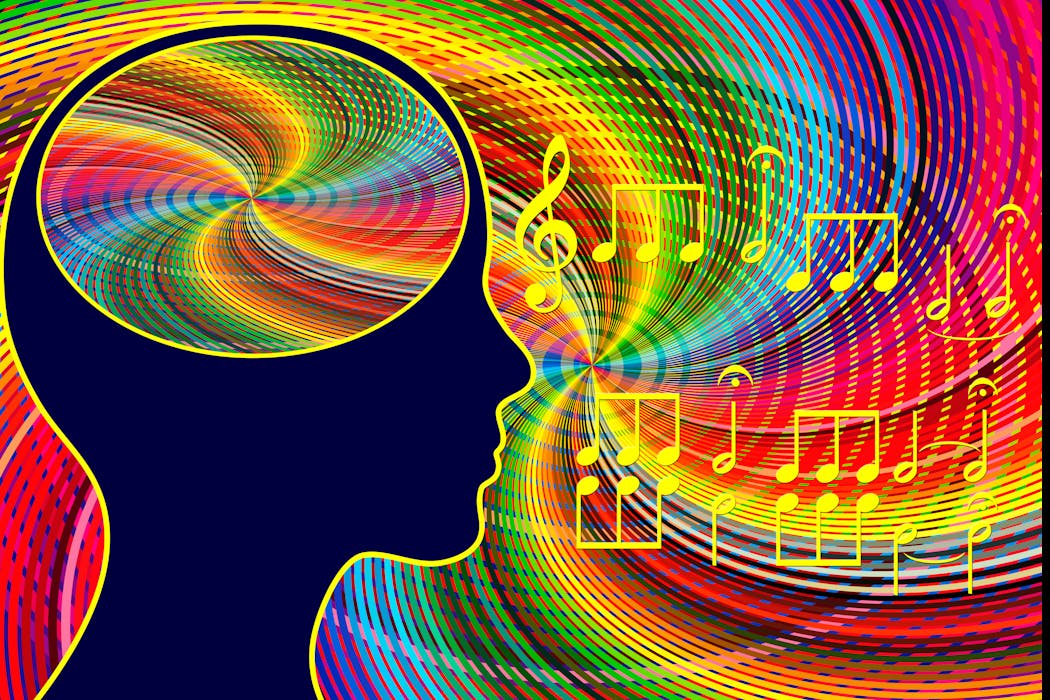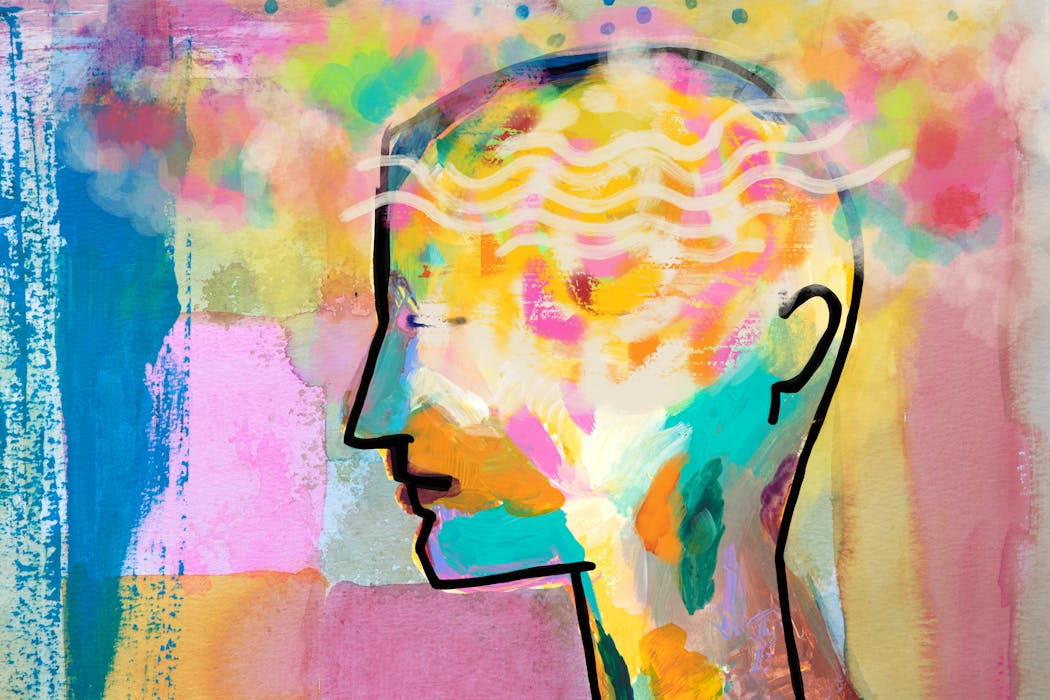Autism Spectrum Disorder (ASD) is a complex neurodevelopmental disorder that affects communication, social interaction, and behavior. It is characterized by a wide range of symptoms and severity, which is why it is referred to as a “spectrum” disorder. Individuals with ASD may have difficulty with verbal and nonverbal communication, repetitive behaviors, and challenges with social interactions. It is important to note that each person with ASD is unique, and their experiences and abilities vary widely.
ASD is typically diagnosed in early childhood, and the symptoms can persist into adulthood. While the exact cause of ASD is not fully understood, it is believed to be a combination of genetic and environmental factors. Research has shown that early intervention and treatment can significantly improve the quality of life for individuals with ASD. There is no cure for ASD, but there are various therapies and interventions that can help individuals with ASD lead fulfilling lives.
The Role of Dance Therapy in Autism Treatment
Dance therapy, also known as dance movement therapy, is a form of expressive therapy that uses movement and dance to support intellectual, emotional, and motor functions. It is a holistic approach that addresses the physical, emotional, and cognitive aspects of an individual. Dance therapy has been increasingly recognized as an effective intervention for individuals with ASD. It provides a nonverbal means of communication and expression, which can be particularly beneficial for individuals who struggle with verbal communication.
Dance therapy can be tailored to meet the specific needs of individuals with ASD, taking into account their unique sensory sensitivities and motor challenges. It provides a safe and supportive environment for individuals to explore movement and express themselves creatively. Dance therapy also promotes body awareness, coordination, and motor skills, which can be particularly beneficial for individuals with ASD who may have difficulties with motor planning and coordination. Overall, dance therapy offers a unique and engaging approach to supporting the development and well-being of individuals with ASD.
Benefits of Dance Therapy for Individuals with Autism
There are numerous benefits of dance therapy for individuals with ASD. One of the key benefits is the promotion of self-expression and emotional regulation. Dance therapy provides individuals with ASD a nonverbal means of communication and expression, allowing them to express their emotions and thoughts through movement. This can be particularly beneficial for individuals who struggle with verbal communication or have difficulty expressing themselves in traditional therapy settings.
In addition to promoting self-expression, dance therapy also supports the development of social skills. Through group dance activities, individuals with ASD have the opportunity to engage in social interactions in a structured and supportive environment. This can help individuals with ASD develop social skills such as turn-taking, cooperation, and empathy. Furthermore, dance therapy can also improve body awareness, coordination, and motor skills, which are often areas of challenge for individuals with ASD. Overall, dance therapy offers a holistic approach to supporting the physical, emotional, and social well-being of individuals with ASD.
How Dance Therapy Promotes Emotional Regulation
Emotional regulation is a significant challenge for many individuals with ASD. Dance therapy provides a unique avenue for promoting emotional regulation through movement and expression. The rhythmic and repetitive nature of dance can have a calming effect on the nervous system, helping individuals with ASD regulate their emotions and reduce anxiety. Additionally, dance therapy provides individuals with ASD a safe space to explore and express their emotions through movement, which can be particularly beneficial for those who struggle with verbal communication.
Furthermore, dance therapy can help individuals with ASD develop coping strategies for managing their emotions. Through movement-based activities, individuals can learn to identify and express their emotions in a healthy and constructive manner. This can lead to increased self-awareness and emotional resilience, ultimately improving the overall emotional well-being of individuals with ASD. Overall, dance therapy offers a powerful tool for promoting emotional regulation and supporting the mental health of individuals with ASD.
Enhancing Social Skills through Dance Therapy
Social skills are an area of challenge for many individuals with ASD. Dance therapy provides a supportive environment for individuals to develop and enhance their social skills through movement-based activities. Group dance activities offer opportunities for individuals with ASD to engage in structured social interactions, such as turn-taking, cooperation, and collaboration. This can help individuals develop important social skills that are essential for building relationships and navigating social situations.
In addition to promoting social interactions, dance therapy also fosters a sense of community and belonging. Through shared movement experiences, individuals with ASD can develop a sense of connection and camaraderie with their peers. This can help reduce feelings of isolation and promote a sense of belonging within a supportive group setting. Overall, dance therapy offers a unique and engaging approach to enhancing social skills and fostering meaningful connections for individuals with ASD.
The Importance of Sensory Integration in Dance Therapy
Sensory integration is a critical aspect of supporting individuals with ASD, as many individuals experience sensory sensitivities or challenges. Dance therapy provides a unique avenue for addressing sensory integration through movement-based activities. The rhythmic and repetitive nature of dance can help individuals regulate their sensory experiences and develop greater body awareness. Additionally, dance therapy can be tailored to accommodate the specific sensory needs of individuals with ASD, providing a safe and supportive environment for sensory exploration.
Furthermore, dance therapy can help individuals with ASD develop coping strategies for managing sensory challenges. Through movement-based activities, individuals can learn to regulate their sensory experiences and develop greater tolerance for sensory stimuli. This can lead to increased comfort and confidence in navigating sensory-rich environments, ultimately improving the overall sensory well-being of individuals with ASD. Overall, dance therapy offers a powerful tool for addressing sensory integration challenges and supporting the sensory needs of individuals with ASD.
Incorporating Dance Therapy into a Holistic Treatment Plan
Incorporating dance therapy into a holistic treatment plan for individuals with ASD can offer numerous benefits across physical, emotional, and social domains. By addressing the unique needs of individuals with ASD through movement-based activities, dance therapy provides a comprehensive approach to supporting their development and well-being. Dance therapy can be integrated into existing treatment plans to complement other therapeutic interventions such as speech therapy, occupational therapy, and behavioral therapy.
Furthermore, dance therapy offers a creative and engaging approach to supporting the development of individuals with ASD. It provides a nonverbal means of communication and expression, allowing individuals to explore movement and express themselves in a safe and supportive environment. By promoting self-expression, emotional regulation, social skills, and sensory integration, dance therapy offers a holistic approach to addressing the diverse needs of individuals with ASD.
In conclusion, dance therapy has emerged as an effective intervention for supporting the development and well-being of individuals with ASD. By addressing the unique needs of individuals through movement-based activities, dance therapy offers a holistic approach to promoting physical, emotional, and social well-being. Incorporating dance therapy into a holistic treatment plan can offer numerous benefits for individuals with ASD across various domains. Overall, dance therapy provides a creative and engaging avenue for supporting the diverse needs of individuals with ASD.
Find out how Torongo Therapyplus can help you with your needs. Get in touch with us at smile@torongo.life, or call us on 02 8809 9965.































